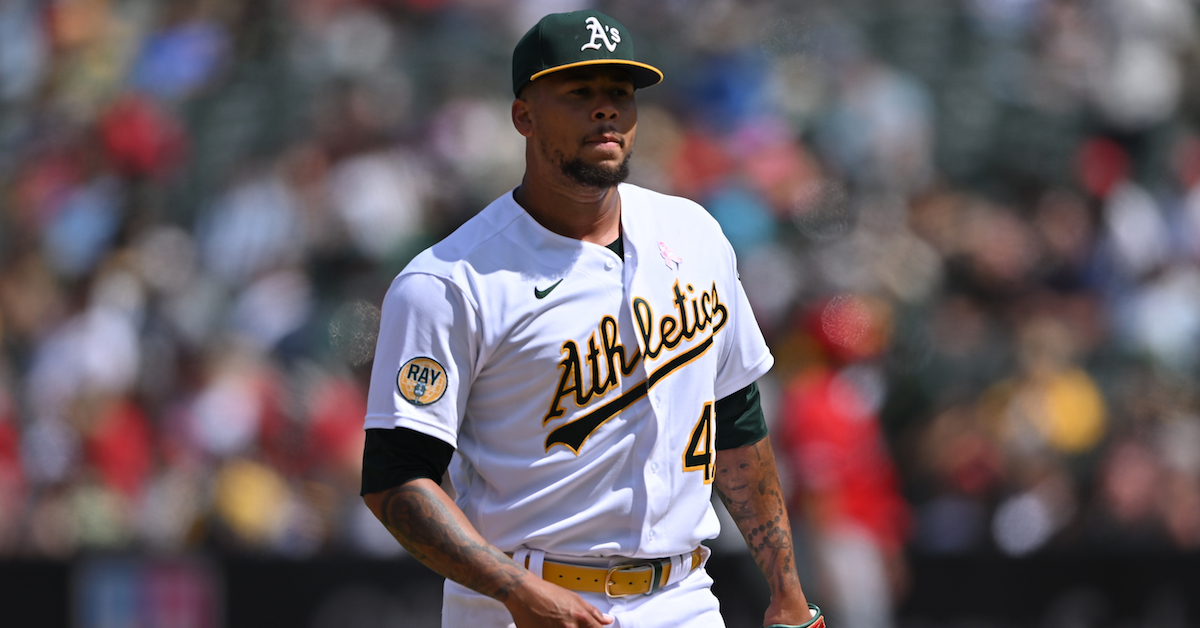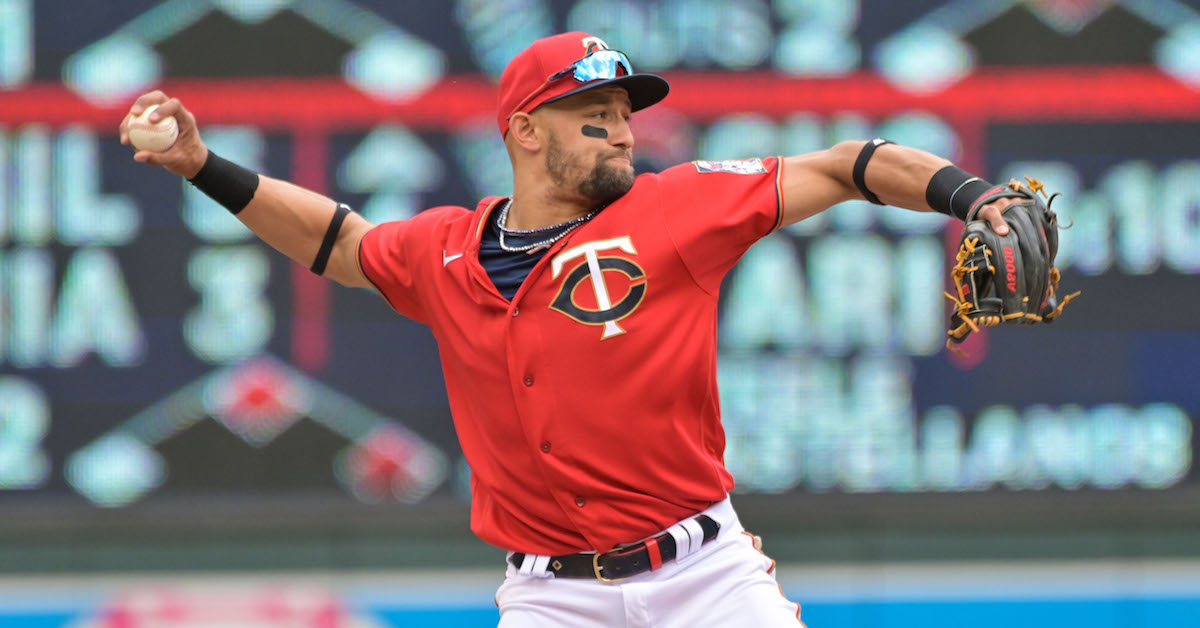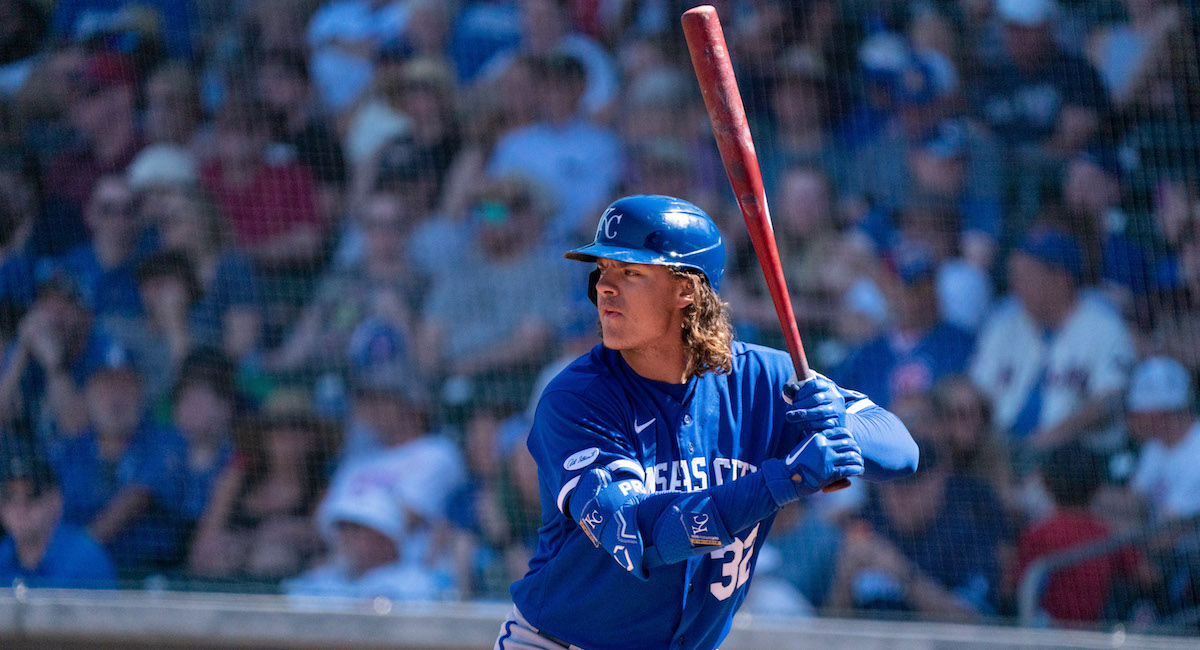Wednesday Prospect Notes: Baz, Strasburg Rehab; Updating the Phillies List

This season, Eric Longenhagen and Tess Taruskin will have periodic minor league roundup post that run during the week. You can read previous installments of our prospect notes here.
I noticed what felt like an unusually high number of rehabbing big leaguers (and some prospects) in the box scores over the last several days, so I called around to get info on how these pitchers have looked on their way back from injury.
The Rays have two prominent members of their pitching staff currently working back through the minors: former top prospect Luis Patiño and current top prospect Shane Baz. Patiño, who was put on the IL on April 12 with an oblique strain, has only just begun his climb through the minors. He threw one inning in the Florida Complex League on Monday night and sat 94–96 mph with his sliders in their usual 84–87 range. He threw just one changeup. Baz, who is coming off of arthroscopic surgery of his right elbow, has been rehabbing at Triple-A since the end of May, working on four days rest and ramping up to about 80 pitches in his most recent outing, in which he struck out 10 hitters in 4.1 innings on Sunday. He looks like his usual self, sitting 94–97 and touching 99, and is poised to rejoin the Rays’ rotation within the next week.
(Another Rays note: former first rounder Nick Bitsko, who is coming off of a prolonged rehab from labrum surgery, was sitting 92–95 during his Extended Spring outings and has moved up into the 40+ FV tier now that he’s shown his arm strength is mostly back to pre-surgery form.)
Also set to return to a big league rotation is Nationals righty Stephen Strasburg, who has made three rehab starts with Triple-A Rochester, also on four days rest, recovering from thoracic outlet surgery. While he’s still showing plus secondary stuff, especially his changeup, his velocity has been way down, hovering in the 88–92 range with poor shape. Of all the pitchers who I’ll cover today, he’s the only one who hasn’t looked anything like himself. Read the rest of this entry »







